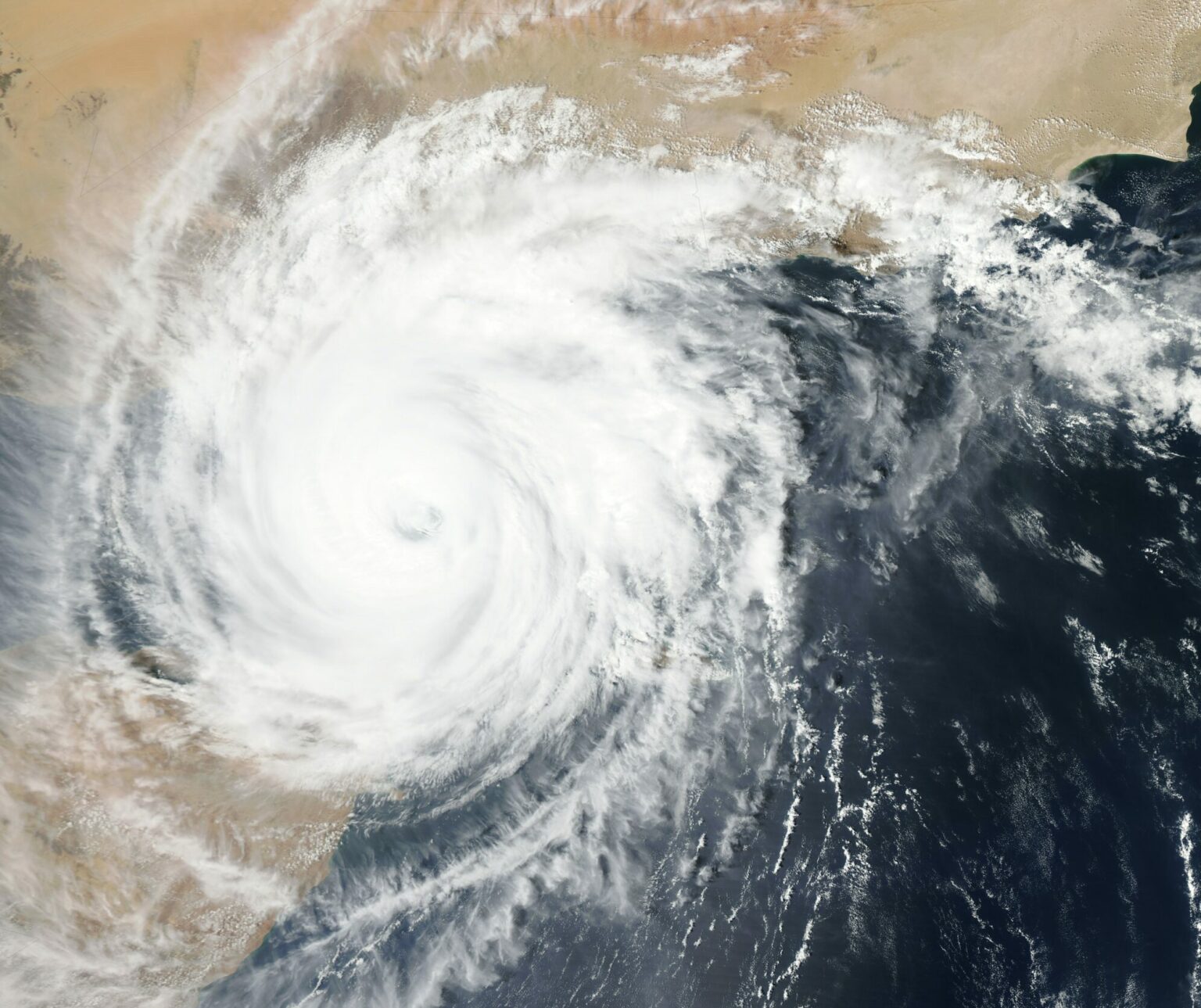A weather watch and a weather warning are two distinct terms used by meteorologists to inform the public about potential hazardous weather conditions. Understanding the difference between these terms is crucial for taking appropriate precautions and ensuring personal safety during severe weather events.
A weather watch indicates that atmospheric conditions are favorable for the development of a specific type of severe weather, such as thunderstorms, tornadoes, or flash floods. When a watch is issued, it means that the potential exists for the hazardous weather to occur, but the exact location and timing are still uncertain. Watches typically cover a large geographic area and are issued several hours in advance, providing ample time for individuals to prepare and stay alert for any changes in the weather.
In contrast, a weather warning signifies that a severe weather event is imminent or already occurring. Warnings are issued when meteorologists have strong evidence, either through radar data or eyewitness reports, that a hazardous weather event is taking place or is about to happen. Warnings are more urgent and specific than watches, as they pinpoint the affected areas and provide a narrower time frame for the expected impact. When a warning is issued, it is crucial to take immediate action to protect yourself and your property, as the threat is imminent and potentially life-threatening.
Additional resources
To understand the difference between a weather watch and a weather warning, it is essential to explore various government resources that provide valuable information on these terms. Some highly relevant government resources include:
- 1. National Weather Service (NWS): The NWS is a federal agency responsible for providing weather forecasts, warnings, and other related information to the public. Their website offers detailed explanations of weather watches and warnings, as well as real-time updates on current weather conditions.
- 2. National Oceanic and Atmospheric Administration (NOAA): NOAA is a scientific agency that focuses on the conditions of the oceans, major waterways, and the atmosphere. Their website provides comprehensive information on various weather phenomena, including the differences between weather watches and warnings.
- 3. Federal Emergency Management Agency (FEMA): FEMA is responsible for coordinating the federal government’s response to natural and man-made disasters. Their website offers resources on how to prepare for and respond to severe weather events, including the importance of understanding weather watches and warnings.
- 4. Ready.gov: This government website, managed by the Department of Homeland Security, provides information on how to prepare for, respond to, and recover from various emergencies, including severe weather events. The site offers guidance on understanding and acting upon weather watches and warnings.
- 5. U.S. Geological Survey (USGS): The USGS is a scientific agency that provides information on natural hazards, such as floods and landslides, which can be triggered by severe weather events. Their website offers resources on how to monitor and respond to these hazards, emphasizing the importance of understanding weather watches and warnings.
By exploring these government resources, individuals can gain a better understanding of the differences between weather watches and warnings, as well as the appropriate actions to take in response to each.
Our articles make government information more accessible. Please consult a qualified professional for financial, legal, or health advice specific to your circumstances.

